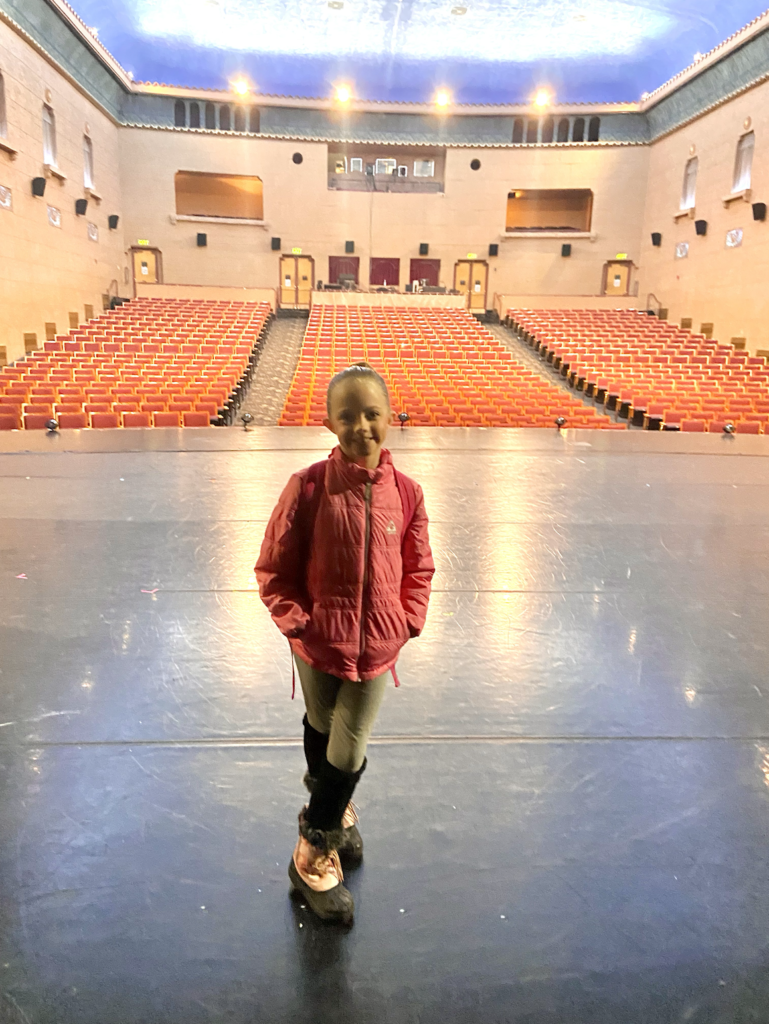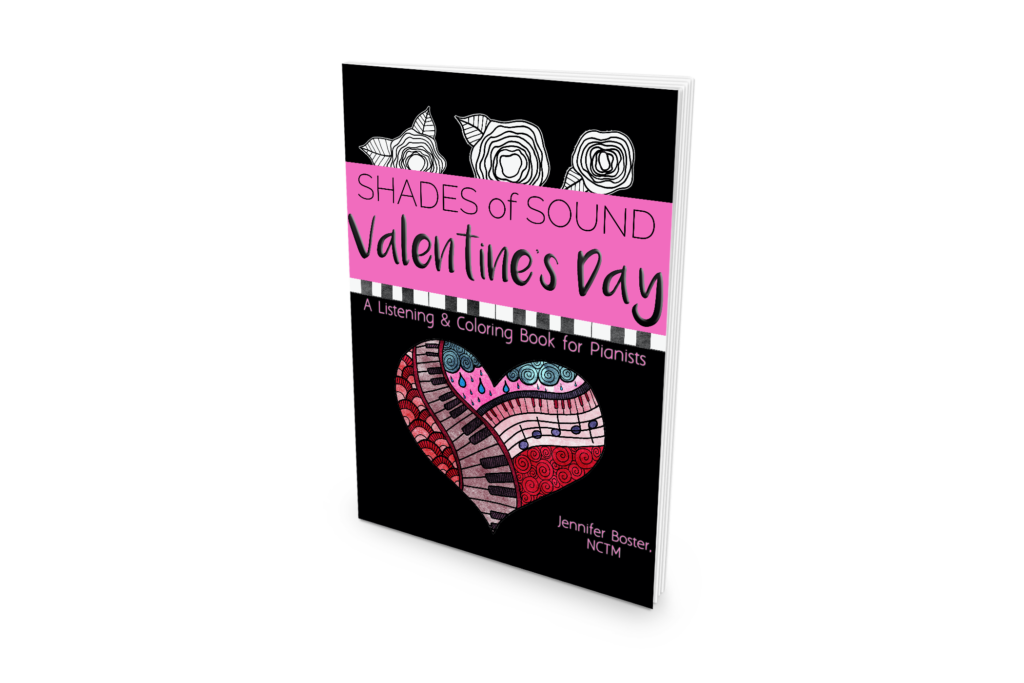
What to teach at a first lesson?
 I absolutely loved Bonnie’s post on teaching a first lesson. There are so many wonderful things she said; I particularly love how she emphasized making it fun and exciting, and about nurturing the wonder of music in the student’s mind.
I absolutely loved Bonnie’s post on teaching a first lesson. There are so many wonderful things she said; I particularly love how she emphasized making it fun and exciting, and about nurturing the wonder of music in the student’s mind.
Yes, this is a huge and varied topic, depending completely on the personality, age, skill level, experience level and attention span of each student. Here are a few of my thoughts, to add to Bonnie’s, on the topic of teaching a first lesson:
- Be friendly, be excited. Make it fun. I really cannot add anything to what has already been said on this topic.
- Get to know the student. Find out what they want to get out of piano lessons. Do they want to study music in college? Do they want to be able to play the piano at church? Do they want to just be able to sit down at the piano and sight read? Sometimes you will be pleasantly surprised by the goals of your students; when your teaching is aligned with their goals it makes for a much more successful and positive experience.
- Get on the same page. Each student is unique; no two students will be at the exact same starting point. If they are a transfer student, it may take a little while to assess exactly which level the student is at in their technique, theory, etc. Even some beginners will already know concepts that other beginners don’t. You may have to review some concepts with them or backtrack to make sure they have learned things correctly. This is actually a great thing to try and figure out before the first lesson, at a new student interview/audition, because it can take awhile.
Now let’s pretend your new student is a six- or seven-year-old beginner who has not had previous piano lessons. Here is a sample list of concepts to go over in the first lesson, and a few ideas on how to teach them. I like to make sure we cover technique, theory and repertoire in each lesson. Keep in mind that every student is different. Sometimes you will not have enough time to go over everything on this list; sometimes you will get through it in ten minutes! So be prepared but be flexible. And obviously you want to get through this information, but do it in a fun and interesting way! Put your own personality into it.
- Technique
- How to Sit at the Piano
- Correct Hand Position
- Stress from the very beginning that fingers should be nice and curved. Tell them to pretend their hand is a bird’s nest, then turn it upside down. I find this analogy works better than the holding a ball analogy (you don’t want the fingers too curved in!). Their fingers should be curved but relaxed – so as not to crack the eggs in the little nest!
- Put little dot stickers on the tips of the student’s fingers where they should be touching the keys, and also on the keyboard in a sort of half-circle shape (where their fingers should be touching), and have them match up the stickers! I used this method with a five-year-old boy once, and he loved it! I think it sometimes helps them to visualize it better.
- Playing a five-note scale on C is great to start out with
- Theory
- Basic Layout of Keyboard (White/Black Notes, Black Note Patterns, High/Low Notes, etc.)
- Make some sort of game out of it – it could be as simple as, “can you play all of the sets of 2 black keys?” or “can you play a set of 3 low black keys?”
- Names of the White Keys
- Make it fun – tell them a story! Here’s one I heard in a pedagogy class: the 3 black keys are Grandma’s house. Who lives in Grandma’s house? Grandma (G), of course! And what does she bake? An apple (A) pie! Grandma’s house has a front (F) door and a back (B) door. Outside there is a dog house (the 2 black keys), where Doggie D lives. Outside the doghouse there is also a cat (C) and an elephant (E). Don’t ask my why there is an elephant in Grandma’s yard – but if you have a better idea that starts with an E, I’d love to hear it! 🙂 Hey, at least an elephant is memorable, right?
- Make it a game – play a white key and have them name the note as fast as they can. Name a note and have them play that note as fast as they can.
- Basic Rhythm – quarter & half notes
- I would love to know how you readers teach rhythm. There are so many methods of counting for beginners: “1-2-3-4,” “1-2, 1, 1” (counting out the number of beats for each individual note), “long, short short,” “half-note, quarter quarter” (I never really understood this method, because it takes twice as long to say “quarter” as it does to say “half” or “note”).
- Repertoire
- It is nice for the student to be able to play something after their first lesson – whether it is a simple piece learned by rote, or the first piece in their method book

 Previous Post
Previous Post Next Post
Next Post


















Great post, Jenny! I do pretty similar things at my first lessons. For teaching rhythm it works well for some kids (especially younger ones) to give silly names to the notes- names that have the same number of syllables as their value. For instance, ask the kid whether they like pears, nuts, cheese, etc, and choose one for quarter notes. Half notes can be candy, peanut, ice cream, etc. Some kids think that is totally dumb, but it has worked VERY well for several of my beginners.
For first-lesson rep, I usually teach 'Mary Had a Little Lamb" using finger numbers. If they catch on really fast it is often easy for them to figure out how to play it in any key (as long as their hands aren't too small to play black/white combinations). I wish I could think of more tunes that most kids know and that fit under the 5 fingers.
Great ideas, Jonathan! Thanks for sharing!
If I'm working with someone that is pretty young on the first lesson (5-7) and this is their first time at a keyboard, I have a little card with all the letters (A, B, C etc) for the white keys. I cut them up and have them fill up the keys with the little letters. They only have to do that each day for a week, and they pretty much remember where the notes are on the keyboard after that. Plus, like you said it makes it into a game. Thanks for all your other great ideas…I think making it fun is what really counts at first!
I incorporate some of the fun ideas from Martha Beth Lewis – http://serve.com/marbeth/first_lesson.html for younger beginners at the first lesson. I like to send them home with a lot of fun games to get them excited about playing the piano and get other family members involved in their practice.
Thanks for the link! Can't wait to read it!
I use the "quarter, half-note" method for saying rhythms. It does work when you say quarter quickly and and stretch out the vowels in half note a bit. Living in Alabama makes that part easy. 😉 You, the teacher know what the rhythm should sound like, so adjust how you say the words until it works and if the students always hear it that way, they'll always say it that way.
I absolutely love the birds nest analogy! I've never heard that, I have a new student starting tomorrow, I think I'm going to try it out! Thanks so much!